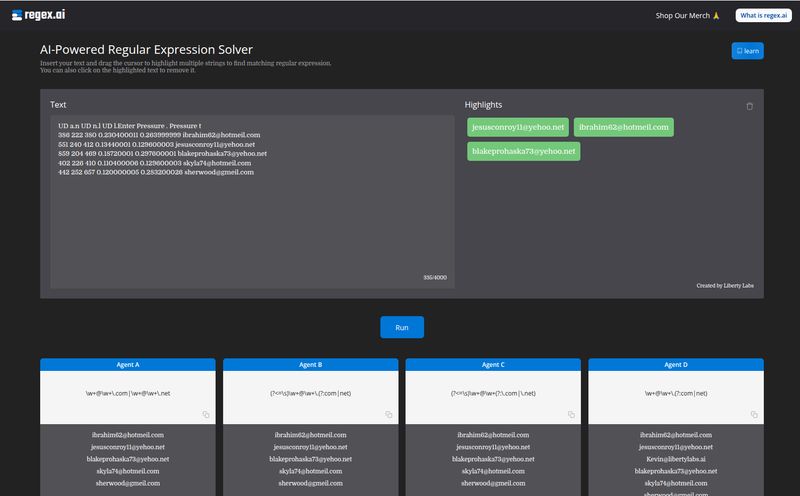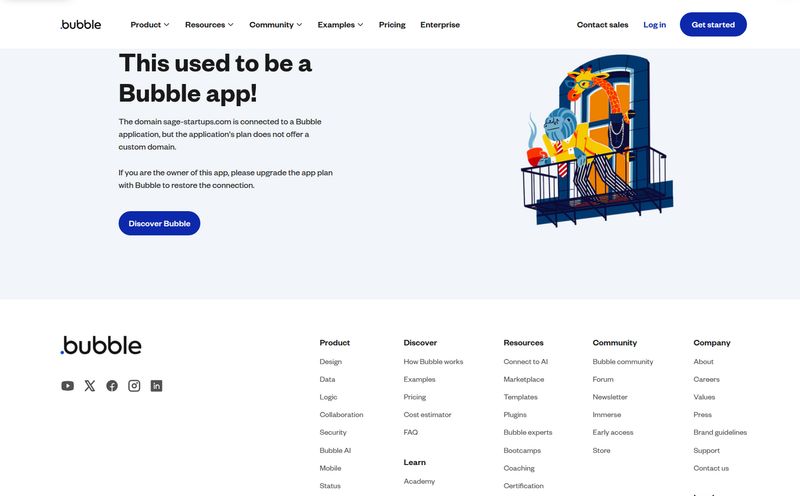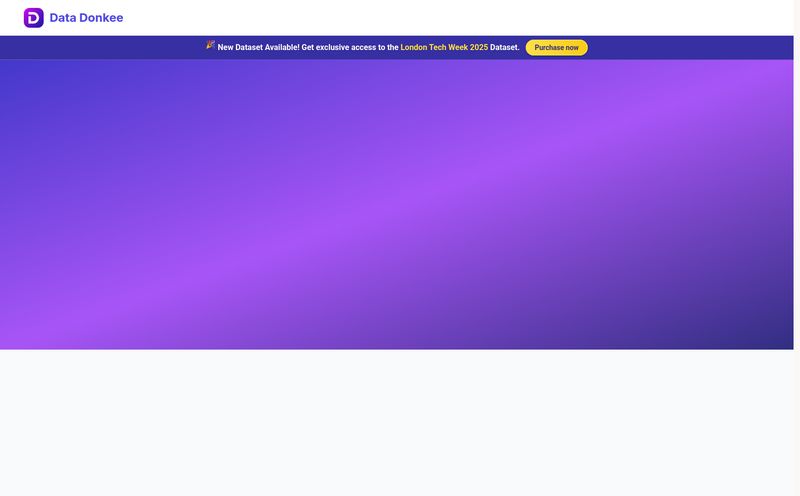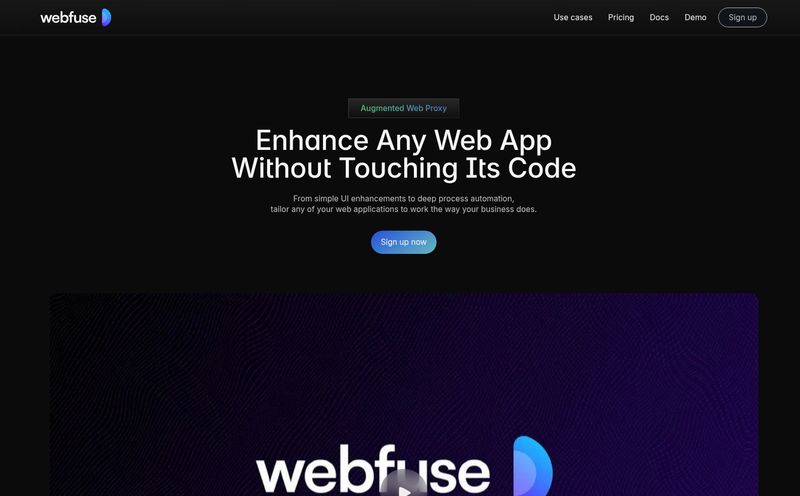I’ve been in the SEO and digital media game for a long time. Long enough to remember when getting a video to buffer-free on a dial-up connection was considered a win. We’ve come a long way. Now, we’re living in what everyone calls the “golden age of television,” where the line between a blockbuster movie and a prestige streaming series is getting blurrier by the day. But here’s the rub, something anyone on a production team knows all too well: the budgets and timelines haven’t always kept up with those cinematic expectations.
It's the classic production triangle, isn't it? Good. Fast. Cheap. Pick two. For decades, that’s been the unavoidable truth. You want stunning, movie-quality visual effects? Great, that’ll take six months and a small country’s GDP. You need it fast and on a TV budget? Okay, hope you like slightly janky CGI.
Then a company like MARZ comes along and kind of… throws a wrench in the whole machine. And I mean that in the best way possible.
So, Who Are These Monsters, Aliens, Robots, and Zombies?
First off, can we just appreciate the name? Monsters Aliens Robots Zombies (MARZ). It’s fun, it’s memorable, and it tells you they don’t take themselves too seriously, even if their work is dead serious. Based out of Toronto, MARZ isn't your typical, sprawling VFX house that’s been around since the days of miniatures and matte paintings. They are a newer, more focused player that came into the scene with a very specific mission: to deliver feature-film quality VFX on a TV timeline. A bold claim, for sure.
Looking at their portfolio—which includes heavy hitters like Netflix’s Wednesday, Marvel's Ant-Man and the Wasp: Quantumania, and the visually stunning The Creator—it seems like they’re actually pulling it off. With over 128 projects under their belt in just their first four years and a couple of Emmy nominations to boot, they’re clearly not just talking the talk.
The Magic Behind the Curtain: AI-Powered VFX
So how do they do it? How do they break the “pick two” rule? The answer, in a word, is technology. Specifically, proprietary AI solutions. Now, I know “AI” is the buzzword of the century, and it’s easy to be cynical. Every company on earth is slapping “AI-powered” onto their marketing. But here, it feels different. It feels practical.
MARZ claims their tech-driven pipeline is up to 300x faster than traditional VFX workflows. Let that sink in. That’s not an incremental improvement; that’s a complete paradigm shift. It’s like going from hand-cranking a film camera to shooting on an iPhone 15 Pro. They’ve essentially built a smarter, more efficient assembly line for visual effects, automating some of the most labor-intensive and time-consuming parts of the process. This isn’t about replacing artists. It’s about giving them better tools so they can focus on the creative, not the grunt work.
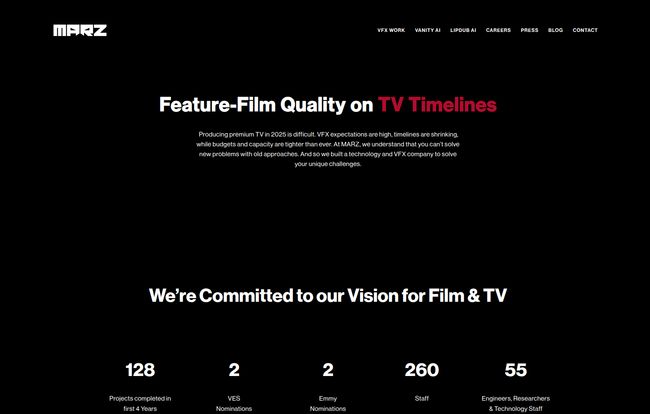
Visit MARZ
More Than Just CGI Explosions
When you hear VFX, you probably think of massive space battles or cities crumbling. And while that's part of it, MARZ has carved out a fascinating niche in what they call 2D cosmetic fixes. Think about the challenges of modern TV. An actor shows up to set with a pimple. A key scene has a distracting reflection in a character’s glasses. Or, more complexly, you need to realistically de-age an actor for a flashback sequence without it looking like a creepy Snapchat filter. This is the invisible work that sells the reality of a story, and it's traditionally been a massive headache. MARZ’s AI-enhanced tools tackle these issues—aging, de-aging, wig fixes, prosthetic enhancements—with a speed that allows for a level of polish on TV that was previously unthinkable.
The Holy Trinity of TV Production: Quality, Speed, and Cost
Let's bring it back to that production triangle. MARZ seems to be one of the few places that lets you have all three sides. Here’s how I see it breaking down for a producer or a showrunner.
- Quality: You're getting visuals that don't pull the audience out of the story. The work they did on a show like Wednesday is a perfect example—subtle, effective, and completely in service of the gothic, magical world being built. You don't question it; you just accept it. That's the hallmark of great VFX.
- Speed: This is the real game-changer. Shrinking post-production schedules are a huge source of stress. Being able to turn around high-quality shots 300 times faster means more time for creative refinement, less panicked all-nighters, and the ability to hit those unforgiving streaming service deadlines. It gives the entire production more breathing room.
- Cost: While they don’t list a price menu on their site (which is standard for high-end B2B services), the logic is simple. Faster workflows mean fewer billable hours. More efficient pipelines mean less overhead. By making the process more affordable, they make the result more accessible for TV budgets. You’re not paying for an army of artists to manually paint out wires for weeks on end.
Is MARZ the Right Fit for Your Project?
Now, let's be balanced. Is MARZ the solution for every single project out there? Probably not. Their primary focus is on premium TV series. This specialization is, in my book, a huge strength. They understand the unique pressures, workflows, and needs of episodic storytelling. They’ve built their entire company around solving those specific problems.
However, if you’re working on an indie feature film or a commercial, their pipeline might not be the perfect match. That’s not a knock against them; it's just the reality of specialization. It’s better to be the absolute best at one thing than to be mediocre at ten things. If your project aligns with their expertise—character-driven shows with significant, yet often subtle, VFX needs—then they should absolutely be on your call sheet.
As for pricing, you'll have to reach out to them directly through their website. They seem to foster a collaborative approach, so I'd imagine the first step is a conversation about your project's specific needs. Just fill out their contact form and see where it goes.
Your Burning Questions About MARZ Answered
What makes MARZ different from a traditional VFX studio?
The key difference is their heavy reliance on proprietary technology and AI-powered workflows. While traditional studios rely more on massive teams and established, often slower, pipelines, MARZ has built a system designed for speed and efficiency, claiming to be up to 300x faster for certain tasks. This allows them to deliver film-quality work on tight TV schedules.
What kinds of TV shows has MARZ worked on?
Their portfolio is impressive and diverse, focusing on premium, high-profile series. Some of their notable projects include Netflix's Wednesday, HBO's The Last of Us, Marvel's WandaVision and Loki, and Amazon's The Boys. Their work spans genres from sci-fi and fantasy to horror and drama.
Where is MARZ VFX based?
MARZ is a Canadian company with its main studio located at 1220 Dundas St E, Toronto, ON. Their Toronto base puts them in a major North American production hub.
Do they only do cosmetic fixes and de-aging?
No, while they specialize in complex 2D cosmetic fixes, aging, and de-aging, their portfolio shows a wide range of capabilities. They handle everything from creature creation to environment builds. However, their tech-forward approach to character-based VFX is one of their strongest selling points.
How does MARZ's pricing work?
Like most high-end VFX vendors, MARZ does not provide a public price list. Pricing is determined on a per-project basis, depending on the scope, complexity, and specific needs of the production. To get a quote, you need to contact their team directly via their website to discuss your project.
The Final Render
It’s easy to get jaded in this industry. We’re constantly bombarded with claims of “the next big thing.” But every now and then, a company comes along that actually moves the needle. From everything I've seen, MARZ is one of those companies. They aren’t just offering a service; they’re offering a solution to a genuine, persistent problem in modern television production.
By blending top-tier artistic talent with bleeding-edge AI, they’re making it possible for creators to tell bigger, bolder stories without the traditional constraints of time and money. For any showrunner or producer feeling the squeeze, that's not just an interesting development—it's a lifeline. The future of TV visuals might just be in teh hands of some very clever Monsters, Aliens, Robots, and Zombies.
Reference and Sources
- MARZ (Monsters Aliens Robots Zombies) Official Website: https://marzvfx.com/
